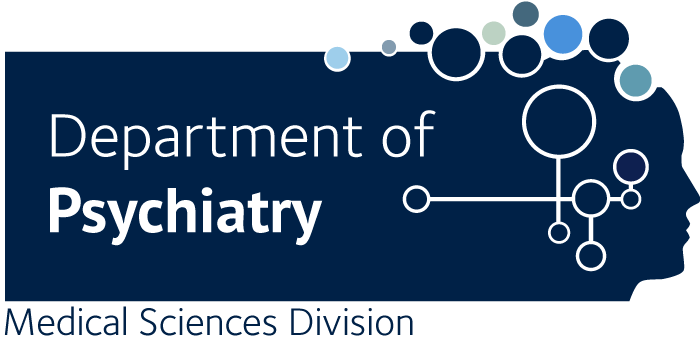Partitioning the heritability of Tourette syndrome and obsessive compulsive disorder reveals differences in genetic architecture.
Davis LK., Yu D., Keenan CL., Gamazon ER., Konkashbaev AI., Derks EM., Neale BM., Yang J., Lee SH., Evans P., Barr CL., Bellodi L., Benarroch F., Berrio GB., Bienvenu OJ., Bloch MH., Blom RM., Bruun RD., Budman CL., Camarena B., Campbell D., Cappi C., Cardona Silgado JC., Cath DC., Cavallini MC., Chavira DA., Chouinard S., Conti DV., Cook EH., Coric V., Cullen BA., Deforce D., Delorme R., Dion Y., Edlund CK., Egberts K., Falkai P., Fernandez TV., Gallagher PJ., Garrido H., Geller D., Girard SL., Grabe HJ., Grados MA., Greenberg BD., Gross-Tsur V., Haddad S., Heiman GA., Hemmings SMJ., Hounie AG., Illmann C., Jankovic J., Jenike MA., Kennedy JL., King RA., Kremeyer B., Kurlan R., Lanzagorta N., Leboyer M., Leckman JF., Lennertz L., Liu C., Lochner C., Lowe TL., Macciardi F., McCracken JT., McGrath LM., Mesa Restrepo SC., Moessner R., Morgan J., Muller H., Murphy DL., Naarden AL., Ochoa WC., Ophoff RA., Osiecki L., Pakstis AJ., Pato MT., Pato CN., Piacentini J., Pittenger C., Pollak Y., Rauch SL., Renner TJ., Reus VI., Richter MA., Riddle MA., Robertson MM., Romero R., Rosàrio MC., Rosenberg D., Rouleau GA., Ruhrmann S., Ruiz-Linares A., Sampaio AS., Samuels J., Sandor P., Sheppard B., Singer HS., Smit JH., Stein DJ., Strengman E., Tischfield JA., Valencia Duarte AV., Vallada H., Van Nieuwerburgh F., Veenstra-Vanderweele J., Walitza S., Wang Y., Wendland JR., Westenberg HGM., Shugart YY., Miguel EC., McMahon W., Wagner M., Nicolini H., Posthuma D., Hanna GL., Heutink P., Denys D., Arnold PD., Oostra BA., Nestadt G., Freimer NB., Pauls DL., Wray NR., Stewart SE., Mathews CA., Knowles JA., Cox NJ., Scharf JM.
The direct estimation of heritability from genome-wide common variant data as implemented in the program Genome-wide Complex Trait Analysis (GCTA) has provided a means to quantify heritability attributable to all interrogated variants. We have quantified the variance in liability to disease explained by all SNPs for two phenotypically-related neurobehavioral disorders, obsessive-compulsive disorder (OCD) and Tourette Syndrome (TS), using GCTA. Our analysis yielded a heritability point estimate of 0.58 (se = 0.09, p = 5.64e-12) for TS, and 0.37 (se = 0.07, p = 1.5e-07) for OCD. In addition, we conducted multiple genomic partitioning analyses to identify genomic elements that concentrate this heritability. We examined genomic architectures of TS and OCD by chromosome, MAF bin, and functional annotations. In addition, we assessed heritability for early onset and adult onset OCD. Among other notable results, we found that SNPs with a minor allele frequency of less than 5% accounted for 21% of the TS heritability and 0% of the OCD heritability. Additionally, we identified a significant contribution to TS and OCD heritability by variants significantly associated with gene expression in two regions of the brain (parietal cortex and cerebellum) for which we had available expression quantitative trait loci (eQTLs). Finally we analyzed the genetic correlation between TS and OCD, revealing a genetic correlation of 0.41 (se = 0.15, p = 0.002). These results are very close to previous heritability estimates for TS and OCD based on twin and family studies, suggesting that very little, if any, heritability is truly missing (i.e., unassayed) from TS and OCD GWAS studies of common variation. The results also indicate that there is some genetic overlap between these two phenotypically-related neuropsychiatric disorders, but suggest that the two disorders have distinct genetic architectures.

